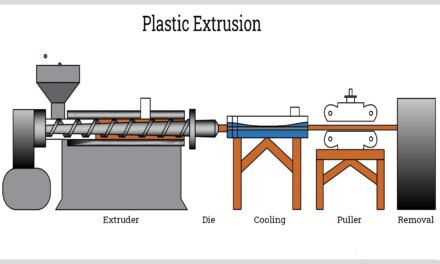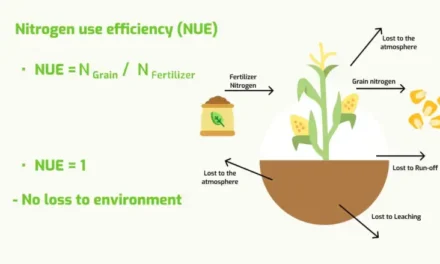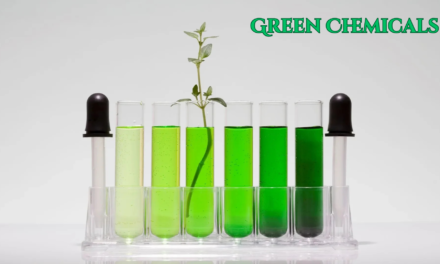Primary Raw Materials Used in Acrylic Manufacturing
Acrylics are synthesized from key petrochemical-based raw materials, primarily derived from crude oil and natural gas. The main raw materials used in acrylic manufacturing include:
1. Acrylic Monomers (Building Blocks)
- Acrylic Acid (AA) – A fundamental component for superabsorbent polymers (SAP), coatings, adhesives, and textiles.
- Methacrylic Acid (MAA) – Used in adhesives, coatings, and specialty polymers.
- Acrylic Esters (Acrylates) – These esters are used to make various acrylic products, including coatings, plastics, and textiles:
- Methyl Acrylate (MA) – Used in coatings, adhesives, and textiles.
- Ethyl Acrylate (EA) – Found in latex paints and textiles.
- Butyl Acrylate (BA) – A key component in pressure-sensitive adhesives and coatings.
- Methyl Methacrylate (MMA) – The primary raw material for PMMA (Plexiglas, Lucite) and high-performance coatings.
2. Initiators & Catalysts (For Polymerization)
- Peroxides (e.g., Benzoyl Peroxide, Azobisisobutyronitrile – AIBN) – Common initiators used to start the polymerization reaction.
- Metal Catalysts (e.g., Copper, Palladium, Silver compounds) – Used in controlled polymerization methods to achieve desired molecular weight and properties.
3. Solvents & Additives
- Toluene, Xylene, Acetone – Used as solvents in coatings and adhesives.
- Plasticizers (e.g., Phthalates, Non-Phthalate Alternatives) – Added to enhance flexibility in acrylic products.
- UV Stabilizers & Heat Stabilizers – Improve weather and heat resistance in outdoor acrylic applications.
4. Fillers & Reinforcements
- Silica, Calcium Carbonate, Titanium Dioxide (TiO₂) – Used to enhance mechanical properties and opacity in coatings and plastics.
- Glass Fibers & Nanomaterials – Improve strength and performance in high-end applications.

















